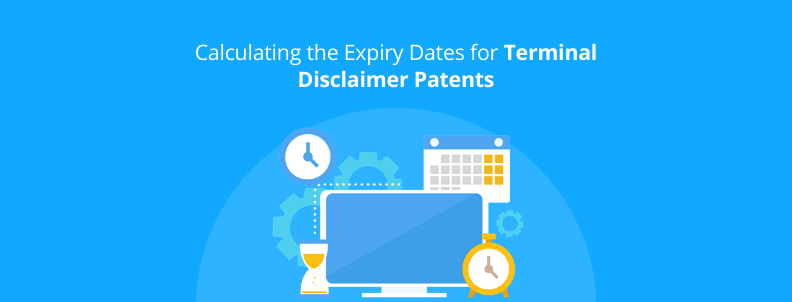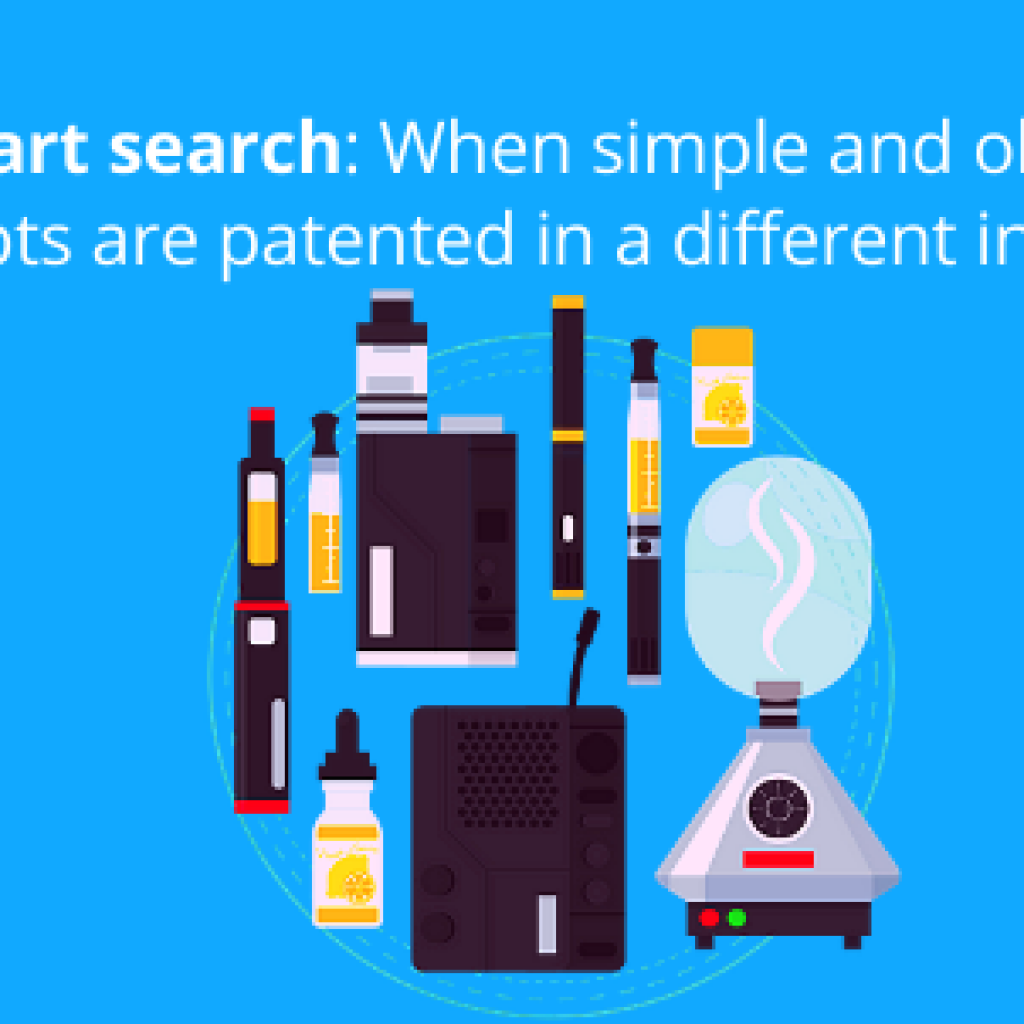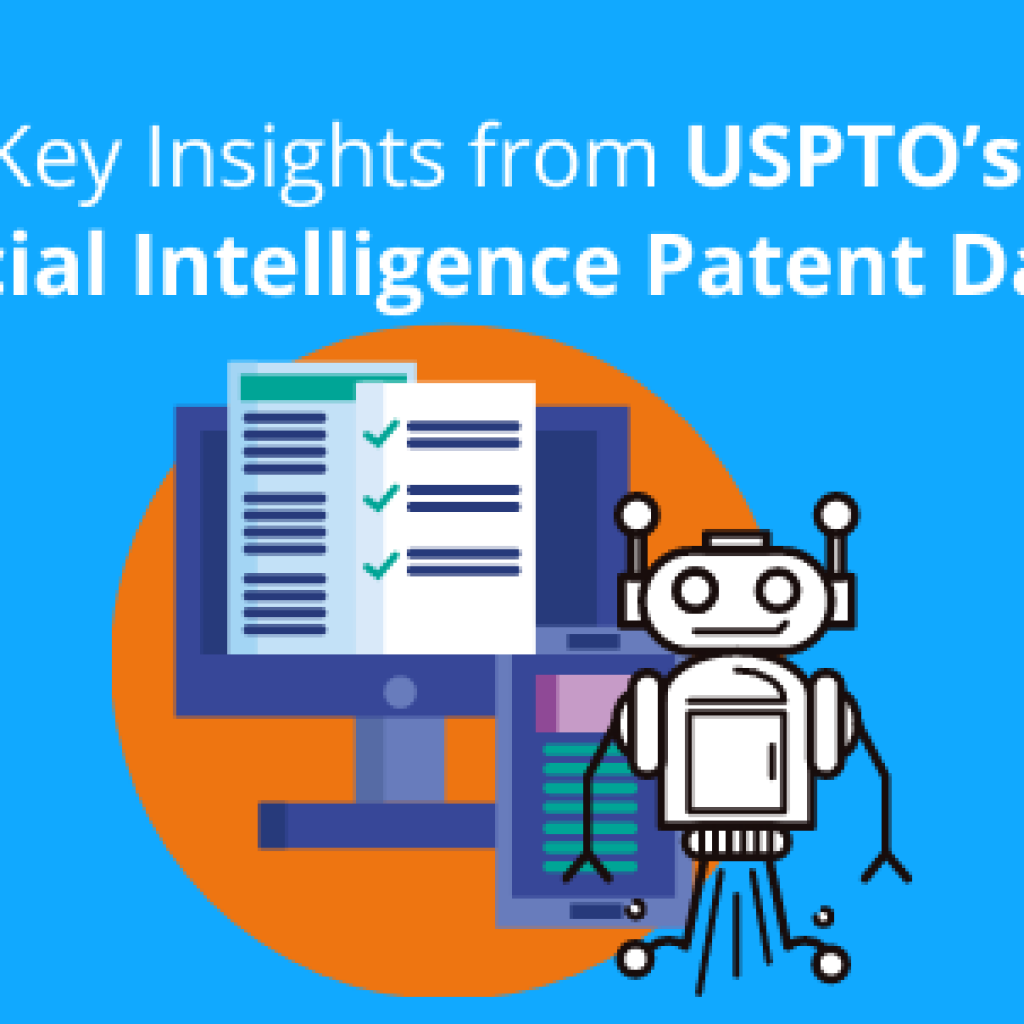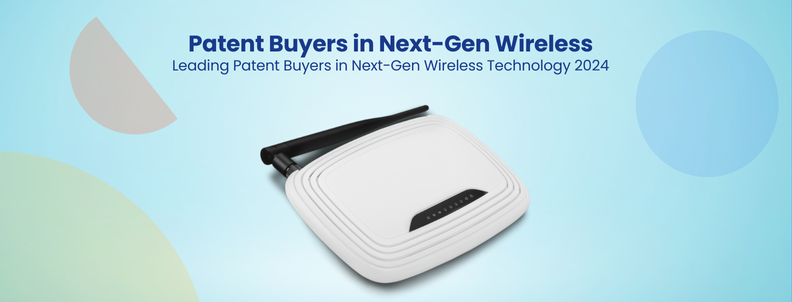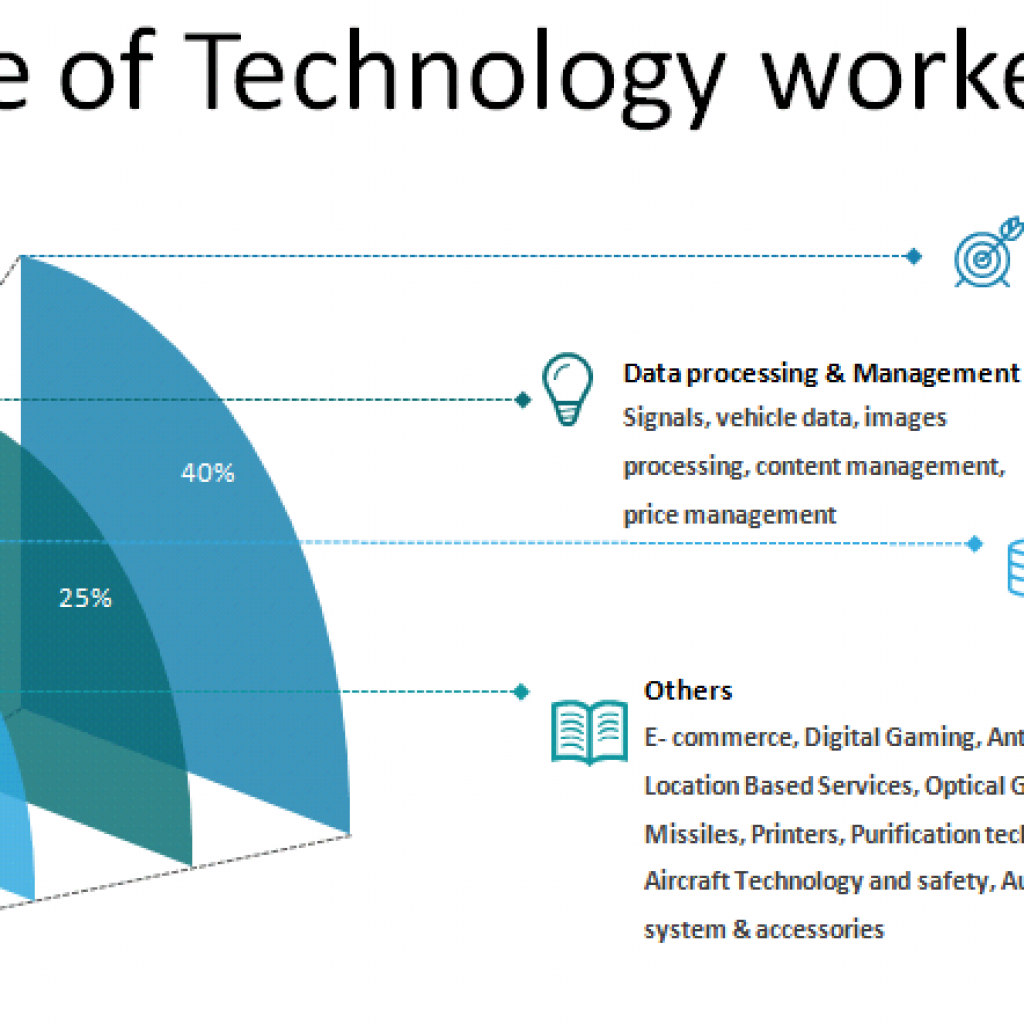You might agree with me when I say that Terminal disclaimer calculations are confusing.
Terminal Disclaimers are known for tangling the already tangled expiry date calculations. In the last couple of years, with almost every attorney I talked to, I found an element of obscurity w.r.t TDs. There are a lot of rules and if-else conditions which makes comprehending this matter a bit tricky. To add to it, the definition on the USPTO forms (PTO/SB/25 and PTO/SB/25a) is a bit abstract.
How is a person supposed to make accurate calculations without losing their patience – and at times sanity?
To make their – and your – job easier, we have tried to neatly summarize the rules/frameworks which can come in handy while making such calculations
A simplified framework for TD dates calculations
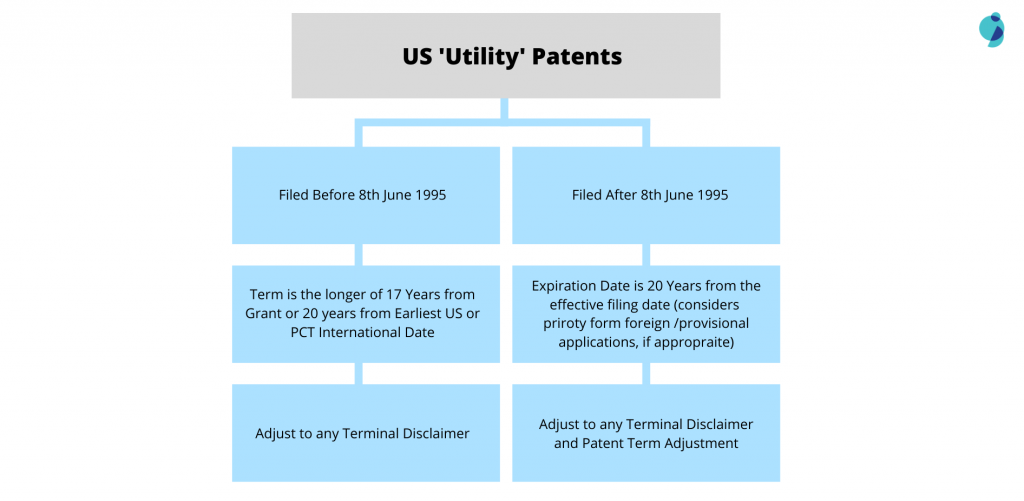 It is generally said that the term of a TD case is disclaimed to the ‘referred case’ which essentially means that the expiry date of the referred case will be the expiry date of the TD case adjusted as per the PTA of the latter.
It is generally said that the term of a TD case is disclaimed to the ‘referred case’ which essentially means that the expiry date of the referred case will be the expiry date of the TD case adjusted as per the PTA of the latter.
However, it needs to be noted that PTA cannot be used to extend the term of a patent beyond the expiration date set by the TD referred case.
Here’s a simple example to understand the intricacies of patent term extension:
Assume TD referred case was filed on 1 May 2000 and TD case was filed later (say 1 Dec 2001). The filing date of the latter does not matter as such while calculating the expiry date as it depends on the former.

What if the TD referred case is also a TD Case?
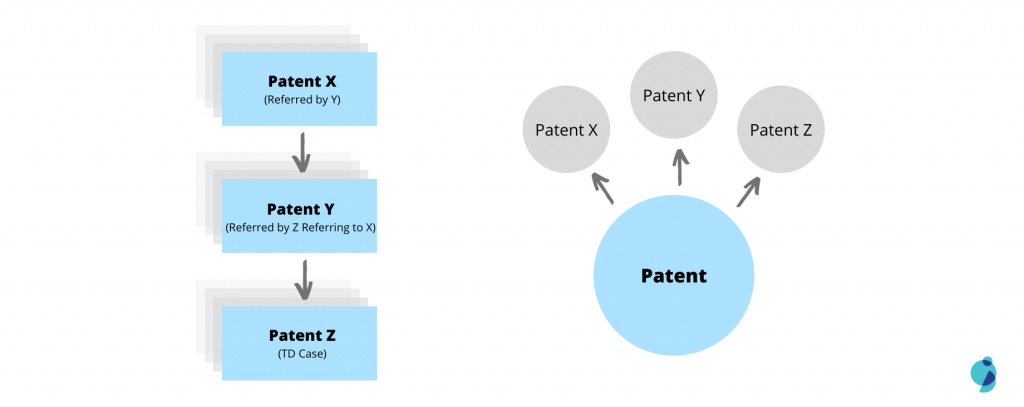 In such a scenario, the shortcut is to consider the shortest one. Otherwise, one can go through tedious calculations to conclude the same.
In such a scenario, the shortcut is to consider the shortest one. Otherwise, one can go through tedious calculations to conclude the same.
Let’s add another variable to this equation: status of TD referred case – Pending and Expired.
There has been some debate as to whether the TD case should be allowed to complete its term if the TD referred case has become inactive.
Here are some precedents which come handy in this debate:
If TD case has been expired (read: abandoned) due to non-payment of annuity, in such a case, the TD case is allowed to complete its term determined at the time of the grant.
There are some case laws which help in this scenario:
- Pharmacia Corp. v. Par Pharm., Inc., 417 F.3d 1369, 1374 (Fed. Cir. 2005) (internal citations omitted).
Beyond their shared expiration date, however, two disclaimed patents maintain significant attributes of individuality. For example, [the patentee] pays two sets of maintenance fees—one for each of the . . . patents. If [the patentee] does not pay the maintenance fee on one of the patents, that oversight would have no effect on the validity or enforceability of the other patent.
- Another case: Hoffman-La Roche Inc. v. Orchid Chems. & Pharms. Ltd., No. 10-4540 (SRC)(MAS) where judge Chesler came to the same conclusion by stating “rationale [for the existence of a terminal disclaimer] does not provide a justification for finding that a terminal disclaimer should execute when the linked patent expires for nonpayment of maintenance fees” Specifically, Judge Chesler held that “refusing to terminate the [unexpired] patent because the [lapsed] patent expired for nonpayment of fees does not permit double patenting to occur.”
Though the Federal Circuit is yet to decide on this issue, these case laws come handy while dealing with TD cases.
(source)
As for the case where the TD case gets invalidated, ideally, the TD case should also get invalidated at the same time because as per USPTO (source), the terminal disclaimer is filed among the ‘patentably indistinct’ cases.
However, in a recent litigation SimpleAir, Inc. v. Google LLC, Case No. 16-2738 (Fed. Cir., Mar. 12, 2018), the federal circuit rejected Google’s plea to dismiss SimpleAir’s complaint (under Fed. R. Civ. Pro. 12(b)(6)) on the basis that it was barred by claim preclusion and the Kessler doctrine on the following grounds:
Terminal disclaimer is a strong clue that a patent examiner and, by concession, the applicant, thought the claims in the continuation lacked a patentable distinction over the parent. But as our precedent indicates, that strong clue does not give rise to a presumption that a patent subject to a terminal disclaimer is patentably indistinct from its parent patents.
Therefore it can be assumed that a TD case is allowed to enjoy its full term in case the TD referred case has been invalidated unless contested to determine the overlap with the referred case.
Finally coming to the cases where the TD referred case is a pending application.
In such a case, the expiration date of the TD case is determined by the statutory term of the pending applications. However, if during the prosecution of the TD case, the referred pending application is abandoned then, TD will be nullified i.e. the expiration date of TD case will be calculated as a routine US utility patent as it should not cause ‘double patenting’ – sole cause of Terminal disclaimers.
Well, this brings us to the end of our list. Hope we made your life a bit easy.
Now to make it even easier, don’t you wish you had a checklist for every other important task you were responsible for? Like due diligence? Infringement searches? And more. We are in the process of collating all those checklists under one page. While we get that ready, download the above-mentioned checklists from below:
Authored by: Anirudh, Solutions.

